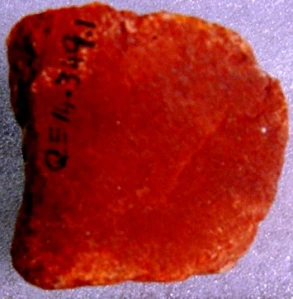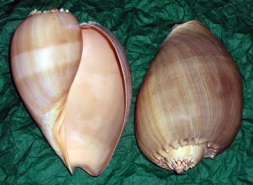Trade and trading routes have developed and existed for many thousands of years all over the world. In the period when Europe and Asia had the Silk Road and Spice Trade, Australian Aborigines were also using trade routes along overland pathways. These trading routes connected Aboriginal groups throughout the entire landscape of the country including the Torres Straits. Routes intersected and criss-crossed at significant sites such as waterholes and rivers, where a particular material, such as red ochre was found in abundance, and at places created by the spirit ancestors.

Whilst there were caravans of camels and horses loaded with silks and spices and maps to guide the traders in Europe and Asia, the Aboriginal people developed a thriving bartering and exchange system by using their sacred pathways and songlines to guide them in their trade exchanges.
For the Aboriginal people, trade wasn’t just associated with physical objects but included songs, dances and art, stories, rituals and ceremonies. These connected the people to the land and sky and animals. Trade exchanges happened either with just one person or with large groups at market places and trading centres. A flourishing economy existed through the people trading their commodities for items they didn’t have.
Mining for much sought after items as red ochre occurred around north western South Australia. Greenstone was needed to create stone axes and this was obtained from Mount Isa and Cloncurry district and then transported and exchanged along the trade routes.

Research and artefact evidence suggests that the Baler shells Melo amphora or northern baler shell, from the East Coast of Australia was exchanged at trading centres, such as Lake Nash and Camooweal for ironwood spears, wooden shields, ochres, fish hooks, Spinifex gum resin, stone axes or boomerangs.
Just as marketplaces and trading centres were central points for the European and Asian civilizations these too were pivotal to the Aboriginal people. The sight, sounds, smells, tastes and colours of a bustling marketplace was just as vibrant in the Australian landscape during ancient times.


Thanks for the post Letitia. I love the way you have compared the trade routes and trading with the Silk Road and Spice Trade. Not just a science curriculum connection but history curriculum too.
Hi Letitia. Interesting article. Have read about these routes once before..an article in a newspaper some years ago. The article also contained a fascinating map of Australia with these trade routes marked on it..have always regretted not keeping it. Do you know of this map or where I can get a copy of it?
Hi Letitia,
I am also a teacher at a rural school on the darling downs. My class and I would like to ask you a few questions about the ways in which trading and bartering from your ancestory of the Kudjala and Kalkadoon people of North Queensland. We have been working on bartering from ancient societies and I will bring in a more contempory aspect, but I would like to explore the indigenous history of economy and trade. I would like to prepare questions with my class and possibly email these to you? or we could just blog on this website? what would suit you?
from Sarah Courtney
Year 4/5 Classroom Teacher
Bell State School